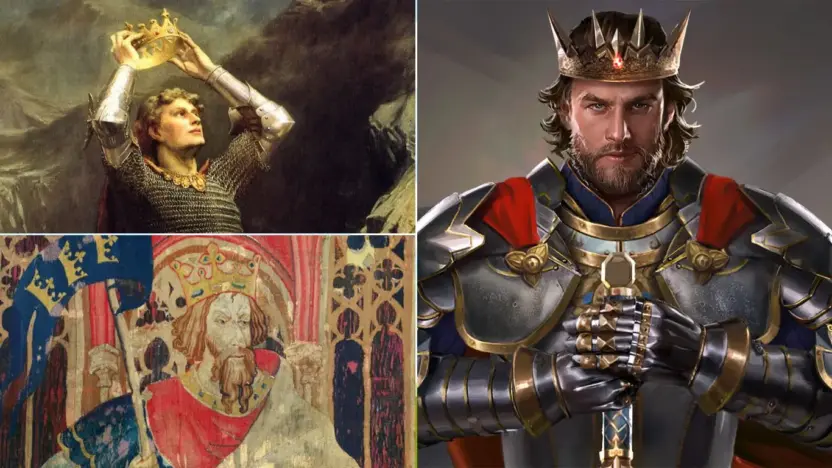The legend of King Arthur has captivated the hearts and minds of people for centuries. This tale of a once and future king, his valiant knights of the Round Table, and the magical sword Excalibur has been a staple of literature, film, and folklore. But amidst the chivalry, wizards, and quests for the Holy Grail, one question lingers: Was King Arthur a real historical figure or a product of pure myth and legend? In this blog, ‘King Arthur: Fact or Folklore?’, we embark on a quest of our own, delving into the rich tapestry of Arthurian lore to uncover the truth behind the enigmatic King Arthur.
Who was King Arthur?
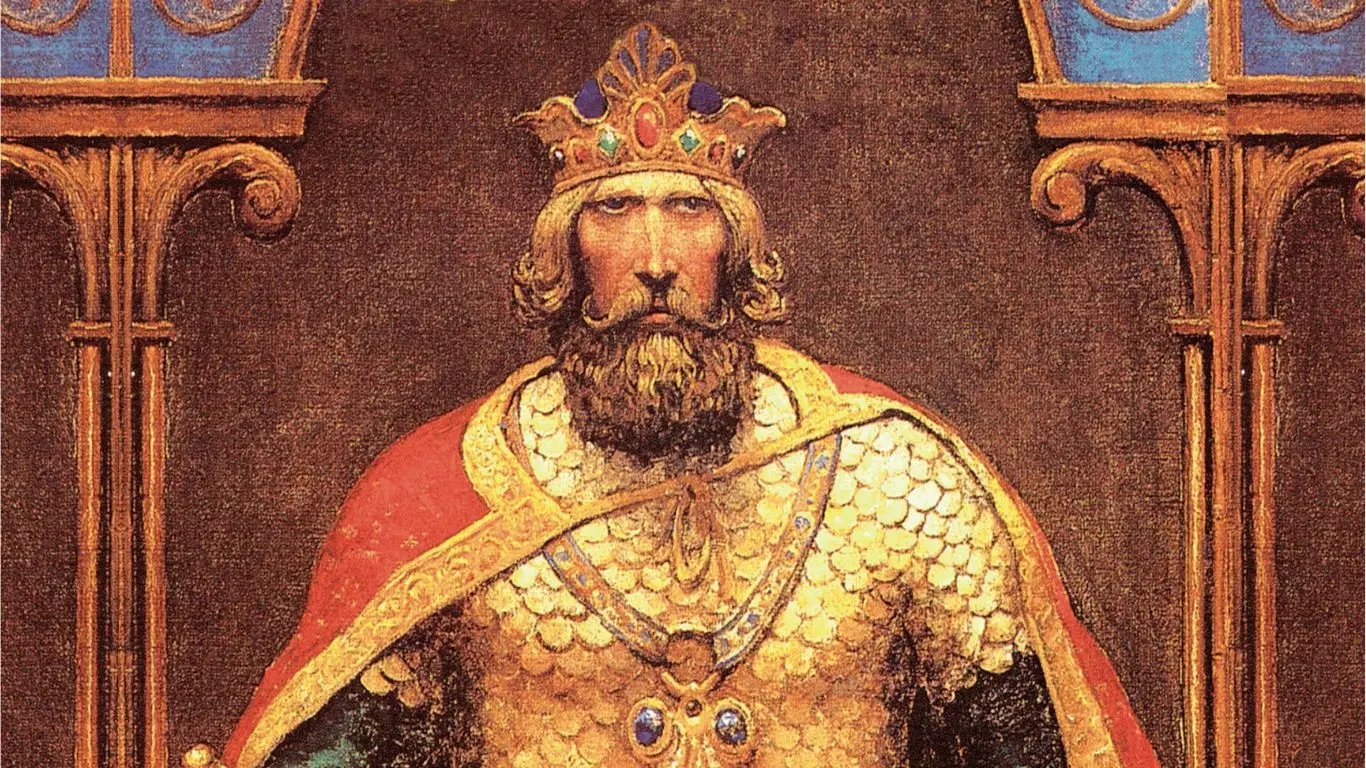
King Arthur is a legendary figure who is said to have ruled Britain during the Dark Ages, a period that saw the decline of the Roman Empire and the subsequent invasion of the Anglo-Saxons. He is often depicted as the idealized monarch, known for his wisdom, valor, and unwavering sense of justice. Arthur’s tale is not just one of kingship but also of chivalry, camaraderie, and the quest for truth and honor.
Arthur’s parentage varies in different versions of the legend. In some tales, he is the son of Uther Pendragon and Igraine, while in others, he is raised by Sir Ector after being born as the result of a magical encounter. Regardless of his parentage, Arthur’s true lineage is often revealed through divine or mystical means, affirming his destiny as the rightful king of Britain.
King Arthur is renowned for his qualities of leadership, courage, and fairness. He is depicted as a just ruler who strives to establish a utopian kingdom known as Camelot. Arthur’s unwavering commitment to his people and his vision for a harmonious realm are defining characteristics of his legend.
The Origins of the Legend
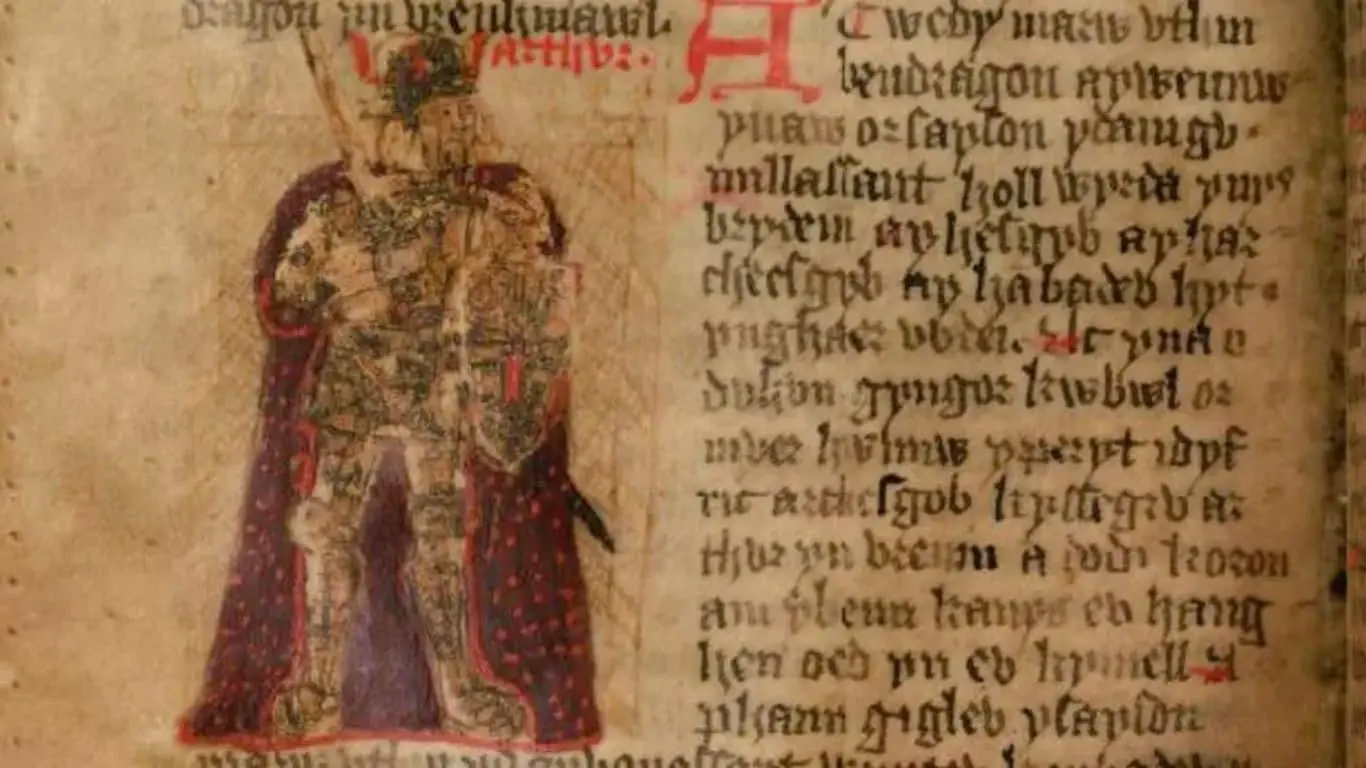
The story of King Arthur has its roots in the mists of time, making it challenging to separate fact from fiction. The earliest references to Arthur can be traced back to the 9th and 10th centuries in Welsh and Breton texts. These texts mention a heroic figure who fought against invading forces, but they provide little historical detail.
Two notable sources include “Y Gododdin,” a medieval Welsh poem attributed to Aneirin, which briefly mentions Arthur as a formidable warrior, and the “Annales Cambriae” (Annals of Wales), a late 10th-century historical chronicle that records Arthur’s victory at the Battle of Mount Badon, where he is referred to as the “dux bellorum” or leader of battles. These early textual references provide intriguing glimpses of Arthur’s presence in Welsh literary and historical records, laying the foundational stones for the development of the enduring Arthurian legend in the centuries that followed.
The first significant account of Arthur’s life comes from Geoffrey of Monmouth’s “Historia Regum Britanniae” (History of the Kings of Britain), written in the 12th century. Geoffrey claimed that Arthur was a great warrior who defended Britain against the invading Saxons. He presented Arthur as a historical figure, but his work was largely a mix of fact and fiction.
Geoffrey’s writings ignited the Arthurian legend, and it began to take shape in the hands of subsequent writers. In the 12th century, the French poet Chrétien de Troyes introduced the concept of the Round Table and the quest for the Holy Grail. Arthurian legends flourished in the chivalric romances of the Middle Ages, blending elements of Celtic mythology with Christian symbolism.
Historical Evidence: Fact or Fiction?
The lack of concrete historical evidence has fueled the debate surrounding King Arthur’s existence. While medieval texts provide accounts of Arthur’s deeds, they often veer into the realm of legend. So, can we find any real historical evidence to support the existence of King Arthur?
One of the challenges in seeking evidence is that Arthur lived in what is known as the Dark Ages, a period with limited written records. Furthermore, the historical Arthur, if he existed, would have lived during the 5th or 6th century, a time when the British Isles were undergoing significant changes due to the withdrawal of the Roman Empire and the arrival of various invading groups.
Some historians believe that a figure resembling Arthur may have emerged during this tumultuous period to lead the Britons in their resistance against the encroaching Anglo-Saxons. However, the lack of contemporary accounts makes it challenging to confirm this.
The Battle of Badon Hill
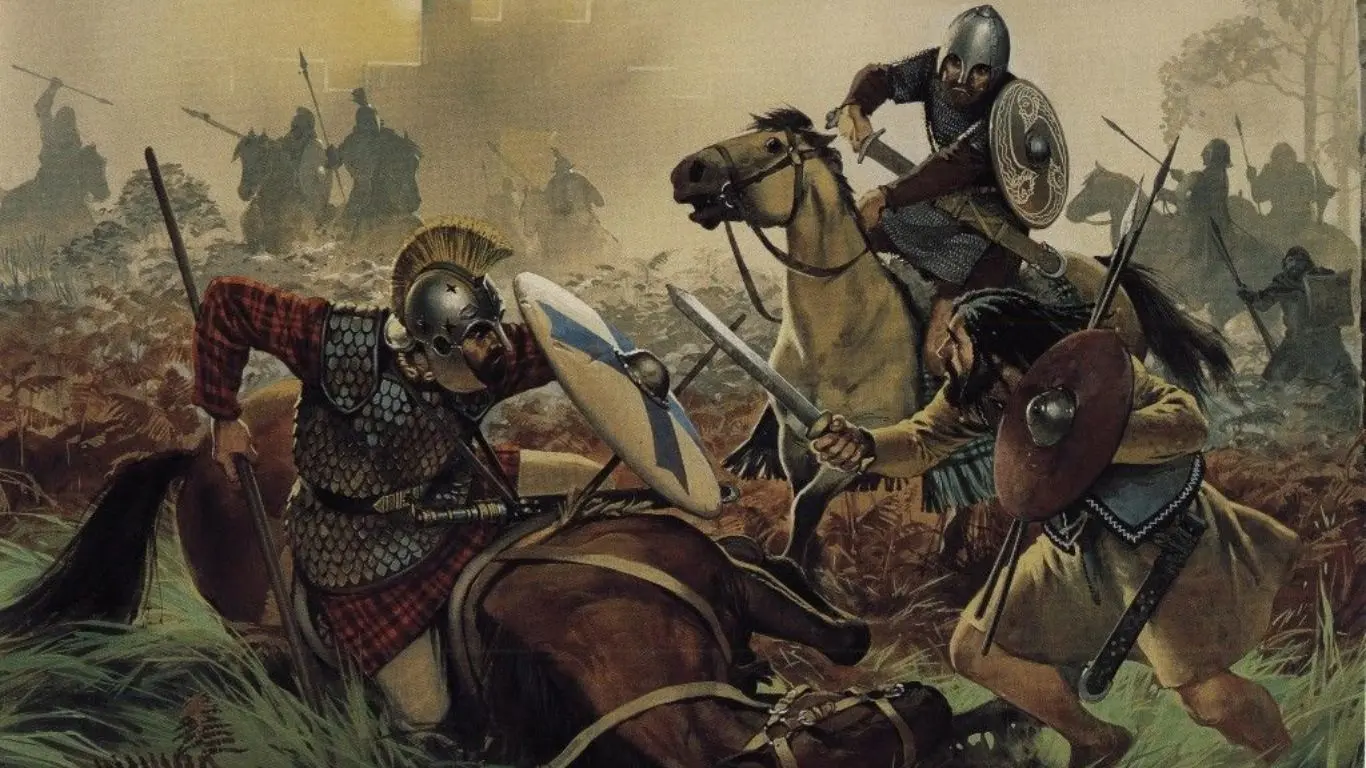
One of the few events attributed to King Arthur that some historians consider potentially historical is the Battle of Badon Hill. The Battle of Badon is mentioned in several early Welsh and English texts as a pivotal conflict in which the Britons, under the leadership of Arthur, halted the advance of the Saxons.
Historians such as David Dumville argue that the Battle of Badon was a real historical event, and Arthur’s involvement in it may indicate his existence as a military leader. However, the accounts of the battle are sparse and often legendary, with details varying between different sources.
Terms associated with King Arthur
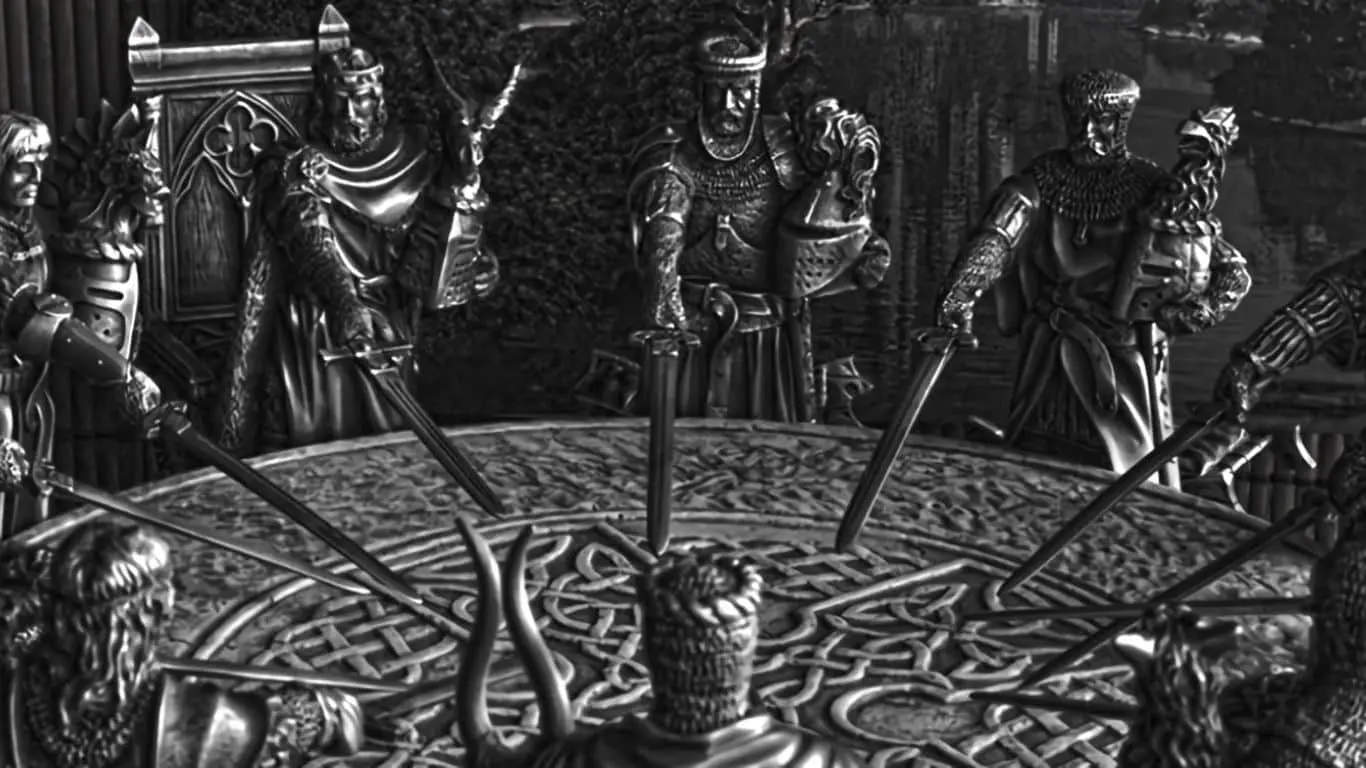
King Arthur, the legendary King of the Britons, is associated with terms and symbols that have become iconic in Arthurian lore. “Excalibur,” the legendary sword embedded in the stone, represents Arthur’s divine right to rule and his role as the rightful king. “Camelot,” Arthur’s utopian court and castle, embodies the ideals of chivalry, justice, and unity. The “Knights of the Round Table” are Arthur’s noble companions, bound by a code of honor as they embark on quests and seek the Holy Grail. “Merlin,” the wise and mystical advisor, plays a pivotal role in Arthur’s life, guiding him on his path to greatness. “Avalon,” the mythical island, is the place of Arthur’s eventual rest and healing after his final battle. These terms collectively form the cornerstone of Arthurian legend, shaping the enduring narrative that continues to captivate readers, scholars, and storytellers alike.
Legendary Locations
One of the challenges in identifying a historical Arthur is the proliferation of legendary locations associated with his life. Places like Camelot, Avalon, and the Sword in the Stone are iconic elements of the Arthurian legend, but their historical counterparts remain elusive. Camelot, for instance, has been the subject of much speculation, with various locations in England and Wales proposed as possible sites. Yet, no definitive evidence has emerged to pinpoint the exact location of this legendary court.
The Arthurian Chronicles
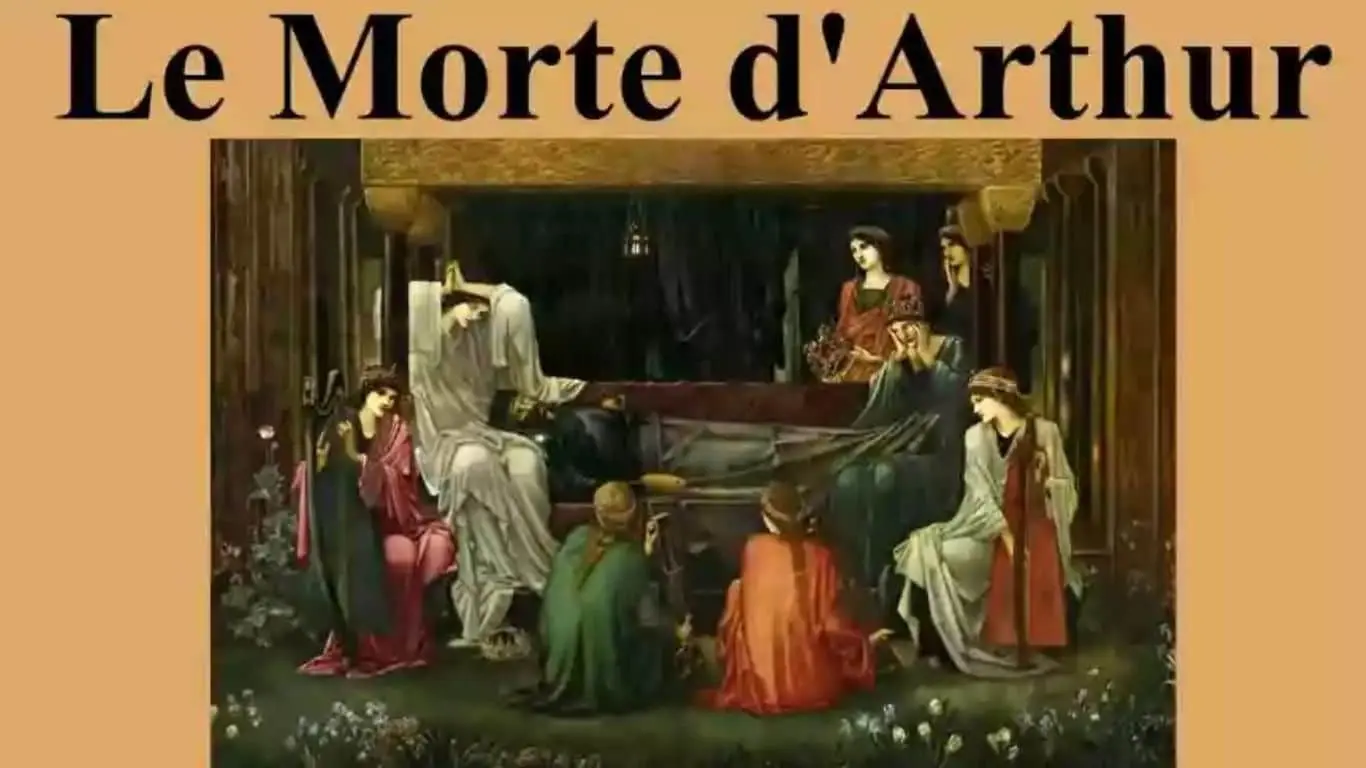
The Arthurian legend continued to evolve in the hands of medieval chroniclers. In the 15th century, Sir Thomas Malory compiled the most famous Arthurian work, “Le Morte d’Arthur” (The Death of Arthur). Malory’s compilation brought together the various tales and adventures of Arthur and his knights, solidifying the legend in English literature. Malory’s work also introduced the tragic end of Arthur, as he is mortally wounded in battle and carried away to the mystical island of Avalon. This ending added a layer of myth and mysticism to the Arthurian tale, further blurring the lines between history and legend.
Conclusion
In conclusion, King Arthur is widely considered a figure of folklore and myth rather than a historical reality. The earliest references to Arthur lack substantial historical details, and Geoffrey of Monmouth’s influential 12th-century work blends fact with fiction. The introduction of fantastical elements like the Round Table and the Holy Grail by later writers further adds to the mythic nature of the legend. Inconsistencies and variations in Arthurian tales across cultures and time periods underscore this mythical quality. The enduring and fantastical aspects of Arthur’s story, combined with the absence of concrete historical evidence, lead to the prevailing view that King Arthur is a legendary figure deeply rooted in folklore and myth.
